Site menu:
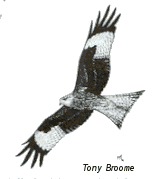
June 2018 Newsletter
North Wales Little Tern Group.
May Bird News.
Colour Ring Report.
Forthcoming Events.
Latest Newsletter.
North Wales Little Tern Group.
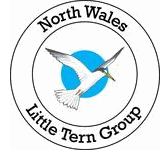 The North Wales Little Tern
Group (hereafter referred to as the NWLTG) was formed as a community
group in late 2015, with the twin aims of increasing volunteer
participation at Gronant, the last colony in Wales, and to raise funds
to support the project run by Denbighshire Countryside Services and
other partners. Further goals include raising awareness of the species
and it's conservation status, encouraging research and protecting other
sites where the birds could colonise in the future.
The North Wales Little Tern
Group (hereafter referred to as the NWLTG) was formed as a community
group in late 2015, with the twin aims of increasing volunteer
participation at Gronant, the last colony in Wales, and to raise funds
to support the project run by Denbighshire Countryside Services and
other partners. Further goals include raising awareness of the species
and it's conservation status, encouraging research and protecting other
sites where the birds could colonise in the future.
To help
achieve these aims the group launched a membership which costs just £5
per year for adults and £3 for children. In return members get access
to the monitoring hide at Gronant, a Little Tern pin badge, newsletters
during the season, end of season report, and invites to a series of
events culminating in the end of season event; an evening of talks.
In
the short time the NWLTG has existed, a lot has been achieved with the
support of the members. Funds have been used to purchase new
optics, a new 'visitor centre', along with the monitoring hide further
down the dunes and a diversionary feeding station for Kestrels, one of
the chief predators of tern chicks. For anyone who has visited the site
in previous years they may remember the little green wardens shack,
which more closely resembled an air raid shelter. The new facilities
offer a much more airy space to take cover from the weather, engaging
with visitors and for monitoring the birds more effectively.

Little
Terns are not particularly site faithful and although the largest
extent of habitat and most significant protections are installed at
Gronant, the birds can up and leave if there is too much disturbance
from predators or tides flood out the site (as happened here in 2015).
Consequently the NWLTG helps put up fencing at the RSPB's Point of Ayr
and Rhyl Harbour, both sites where Little Tern has bred in recent
years. These sites could potentially hold viable colonies in the future
and offer a backup should anything happen at Gronant.
Going
forward, there are plans to conduct a tracking project to find out
where the Little Terns from Gronant migrate to and spend the winter,
plus this season there will be cameras installed by a couple of nests
beaming live images back to the visitor centre for visitors to enjoy,
showing a new aspect on the breeding season.

With
so much happening since the formation of the group it is easy to forget
one of the core reasons for it's formation; to increase the number of
volunteers to help look after the terns during the summer. The tasks
include predator watches, site maintenance, monitoring and visitor
engagement. To that end, if you like the sound of getting involved with
the group then please consider becoming a member and/or heading down to
the beach at Gronant where the wardens are always welcoming of any help
you can give (map of how to get to the colony below). Membership can be
obtained by e-mailing nwlittletern@gmail.com.
For updates during the season please visit the NWLTG facebook and
twitter pages.
Further info on the group can be found at
www.northwaleslittleterns.weebly.com.
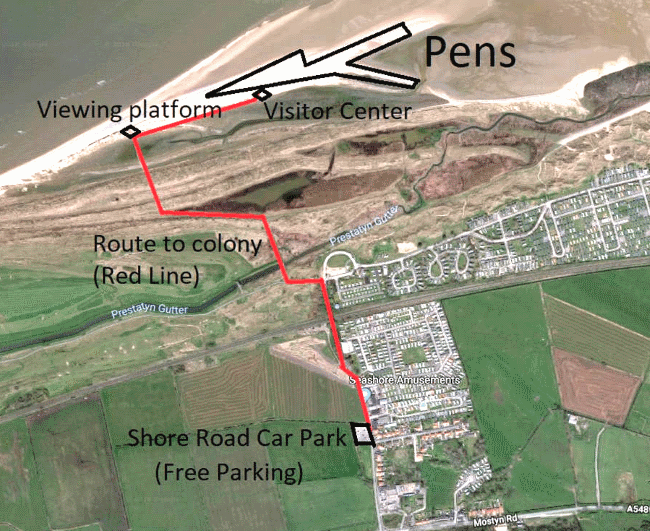
Henry Cook (Life+ Little Tern officer)
Top of Page
Colour Ring Report
Little Ringed Plover

Leasowe Lighthouse - Eddie Williams
RBY-B Ringed at Brechin in Angus, Scotland, on June 14th 2016 as a breeding adult.
Spring/summer 2017 - recorded on it's breeding territory at Brechin in Angus, Scotland.
Recorded on April 29th 2018 in a horse paddock at Leasowe Lighthouse, it was seen to fly off high to the north-east.
Recorded at Montrose Basin, Scotland, on May 7th 2018, back on breeding territory.
A particularly interesting record for two reasons. This was our first colour-ringed Little Ringed Plover on the Dee estuary, we see very few of this species in any case so to have one colour-ringed was good. Secondly, the area of Scotland it breeds (Angus/Montrose Basin) is probably the most northerly site in this country, although they breed further north in Scandinavia.
Richard
Smith.
Colour-rings were also recorded by Steve Hinde and Eddie
Williams.
May Bird News
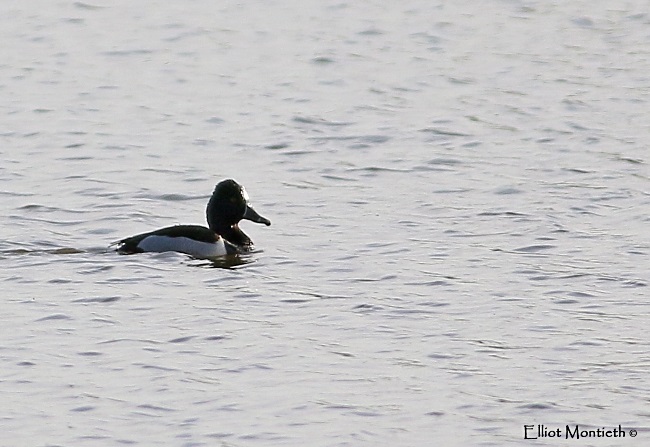
https://elliotsbirdingdiaries.wordpress.com/
May lived up to it's reputation for rarities with no less than two
Iberian Chiffchaffs (at Thurstaston and Red Rocks), a Ring-necked Duck
and Gull-billed Tern at Burton Mere Wetlands and a probable Blyth's
Reed Warbler at Red Rocks with two Continental Coal Tits also at the
latter site. We had a second Wood Warbler of the spring at
Leasowe
but there was no repeat of last year's influx of Black Terns with just
one record at Burton Mere Wetlands.

https://elliotsbirdingdiaries.wordpress.com/
56 Whimbrel were at Heswall on the 1st and a Curlew
Sandpiper at Burton Mere Wetlands on the 2nd, but apart from
those the wader passage was very poor. However, breeding waders at
Burton Mere Wetlands are having a great season with around 200
prs including 52 pairs of Avocet, 103 pairs of Lapwing and at
least 35 pairs of Redshank. See more details here:
https://ww2.rspb.org.uk/........walking-in-a-wader-wonderland.aspx
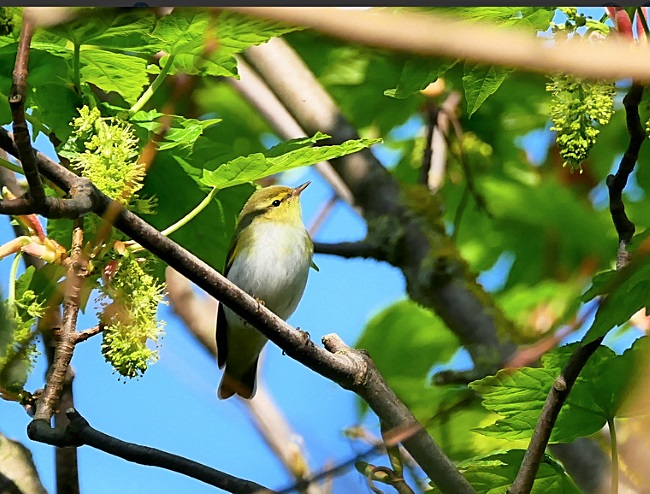
Some fresh on-shore winds early in the month meant there was some excellent sea-watching including 183 Gannets (8th), 28 Manx Shearwaters (9th) and 430 Sandwich Terns (9th), two Arctic Skua were spotted on the 16th and over 45 Arctic Terns on the 27th.
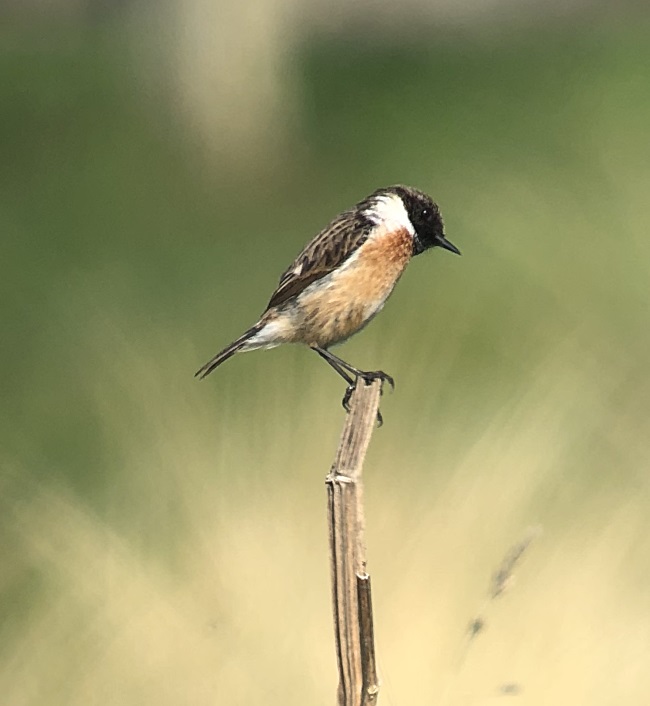
The best of the rest include pairs of both Garganey and
Mediterranean Gull at Burton Mere Wetlands, plus a Little Gull,
Spoonbill and Cattle Egret there. There were at least six records of
Red Kites, mostly over Wirral, probably involving at least two birds.
Top of Page
What to expect in June
Breeding will be well underway in our tern colonies, and Burton Mere Wetlands should be full of fledged Avocets. Last year we also had breeding Mediterranean Gulls and Cattle Egrets at Burton. We often get a small influx of Spoonbills this month, 12 is the max count so far, seen in 2016.
In the past two or three years rarities have included Broad-billed Sandpiper, Red-necked Phalarope, Stone Curlew and White-winged Black Tern.
Top of Page
Forthcoming Events
June Highest Spring Tides (Liverpool)
Also
see Tides
page.
14th June, 12.09hrs (BST), 9.6m.
15th June, 12.58hrs (BST), 9.7m.
16th June, 13.48hrs (BST), 9.6m.
Forthcoming Events
Organised by the Wirral
Ranger Service , Flintshire
Countryside Service and the
RSPB (Dee Estuary):
All these events and walks have bird interest, even those not
advertised specifically for birdwatching. No need to book for these
events unless specified - please check below.
Little Tern Events and Tasks at Gronant.
Feel free to just turn up but
if you need further
details please email nwlittletern@gmail.com
or ring Denbighshire Countryside Services 01745 356197. Park at
the car park opposite Crofters Pantry Cafe on Shore Road, Gronant
(Shore Road is sign posted 'Lower Gronant/Presthavens' from A548).
See Article and Gronant Map above.
Guided walk to the Gronant Little Tern colony from Shore Road Car Park, Lower Gronant. Part of the Denbighshire Countryside Service 'Out-and-about' programme. 9.30am-12pm. Free event.
15th-16th June - Debris clearance from fencing at Gronant Little Tern colony following Spring tides. Meet at the Visitor Center by the Little Tern colony. 2pm each day. Bring gloves.
Saturday 23rd June, Seabird Saturday at Gronant.
Guided walk to the Gronant Little Tern colony from Shore Road Car Park, Lower Gronant. Part of the Denbighshire Countryside Service 'Out-and-about' programme. 9.30am-12pm. Free event.
Saturday 23rd June - Official Opening of the new Visitor Center and Monitoring Hide at Gronant. 12-1.30pm. Meet at the Shore Road Car Park. Drinks and a tour of the site with the North Wales Little Tern Group. CANCELLED
Thursday 5th July - Seabird Thursday at Gronant.
Guided walk to the Gronant Little Tern colony from Shore Road Car Park, Lower Gronant. Part of the Denbighshire Countryside Service 'Out-and-about' programme. 9.30am-12pm. Free event.
15th-16th July - Debris clearance from fencing at Gronant Little Tern colony following Spring tides. Meet at the Visitor Center by the Little Tern colony. 2pm each day. Bring gloves.
Tuesday 5th June and Tuesday 26th June - Wildlife Wander at RSPB Burton Mere Wetlands.
1pm start.
Price: £5 per person / £4 RSPB members / normal reserve entry charges also apply to non-members.
Join one of our friendly, knowledgeable volunteers for a leisurely amble around much of Burton Mere Wetlands, including the unmissable viewpoint at the end of the Hillfort Trail on Burton Point. Take in the sights and sounds, learn more about the wildlife that thrives here, the work we do to give nature a home and the remarkable history of the estuary.
Great for first time visitors or those looking to brush up on their identification skills; with constant changes as we move through the seasons, it's impossible to predict what might be seen. Spring and early summer is a wonderful time as we will begin to have lots of new arrivals showing their faces including some of our well-travelled migrants like the warblers, and lots of butterfly activity on warm sunny days. The heron and egret colony is noisy as their young start to hatch and chatter loudly amongst themselves, whilst the reserve is awash with an array of wildflowers coming into bloom.
Booking not essential, but places are limited. A reasonable level of fitness and sturdy footwear are required. Walks typically last up to 3 hours, weather permitting.Ring 0151 353 2720 for further details.